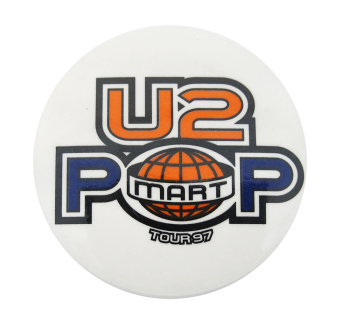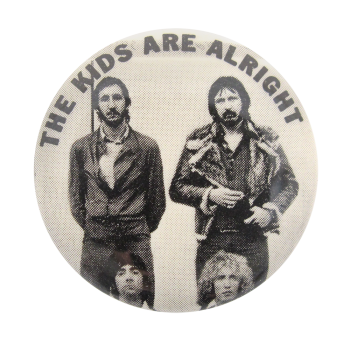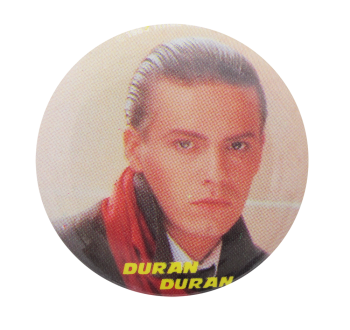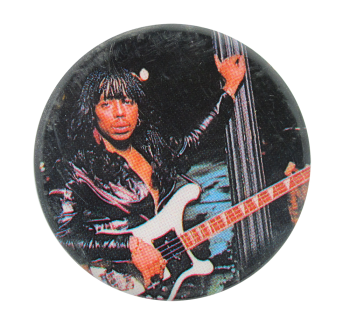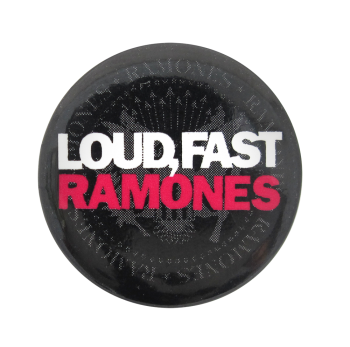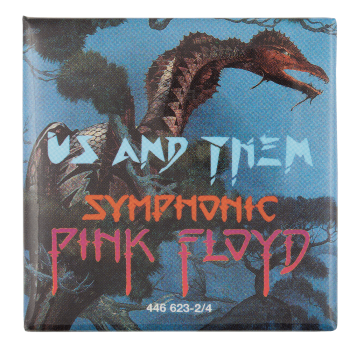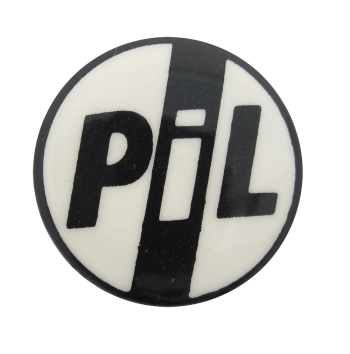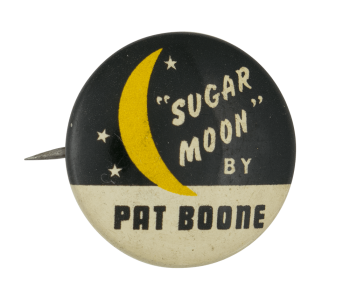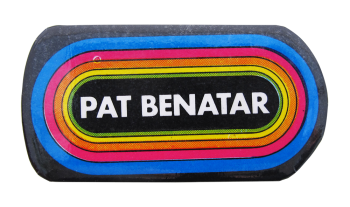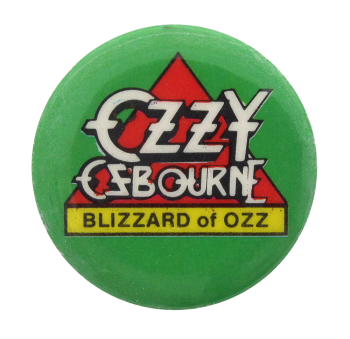U2 PopMart Tour
| Category | |
|---|---|
| Additional Images | |
| Text on Button | U2 POPMART TOUR 97 |
| Image Description | A white button featuring orange and blue text. the "O" in "POP" has a globe in the center with text underneath. |
| Curl Text | 0000 |
| Back Style | |
| The Shape | |
| The Size | |
| Additional Information | This a promotional button for U2's "PopMart Tour" which occurred between 1997-1998. The tour accompanied the 1997 album Pop and featured stage design that mocked modern consumerism. Nearly 4 million fans attended the 93 shows of the tour. Pop as an album reached number one in many countries yet is one of U2's lowest selling albums. Featuring songs like "Mofo" and "Staring at the Sun" the album was largely an attempt for the band to try out new sounds and stylistic techniques.
U2 is an Irish rock band formed in 1976 - Bono and the Edge being the most well known members. A widely successful band having produced albums such as "How to Dismantle An Atomic Bomb", "Joshua Tree", "War", and "Achtung Baby", U2 is a staple of modern rock music that boasts the record for the largest grossing music tour of all time. They won 22 Grammy Awards as of 2014 and were inducted in the Rock and Roll Hall of Fame in 2005 - their first year of eligibility.
|
| Catalog ID | MU0180 |

